


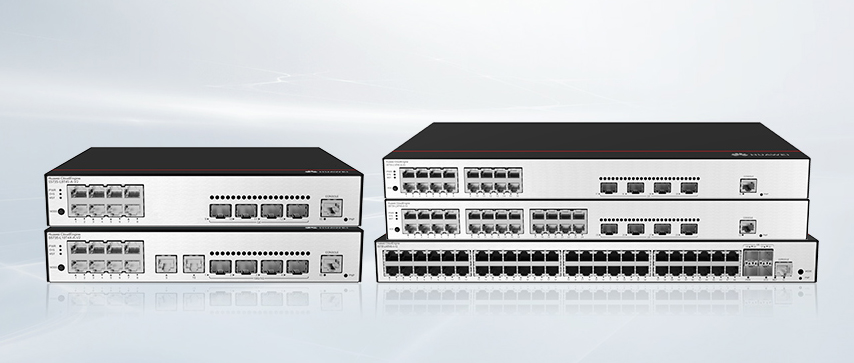
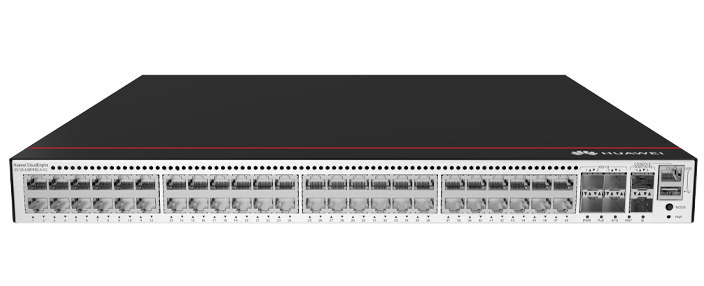
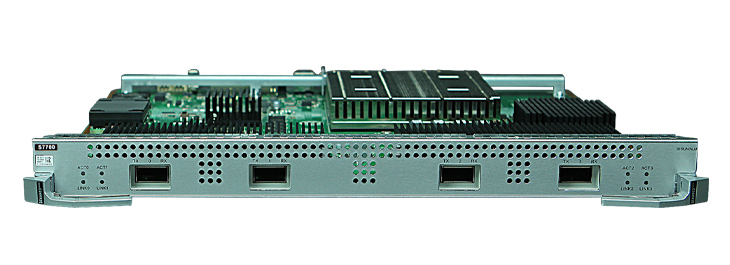

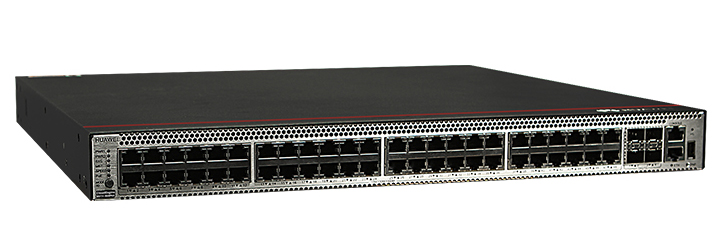
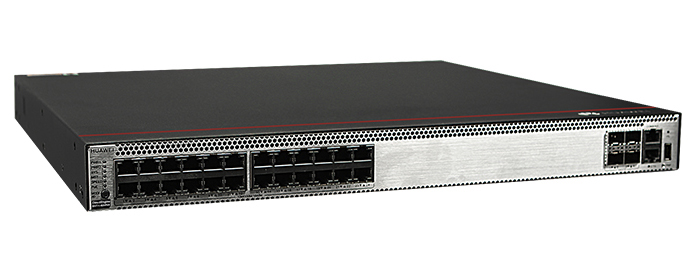
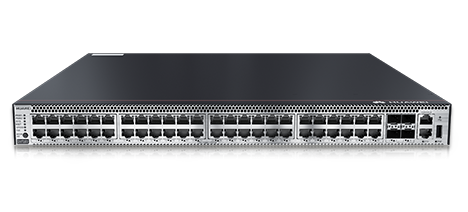
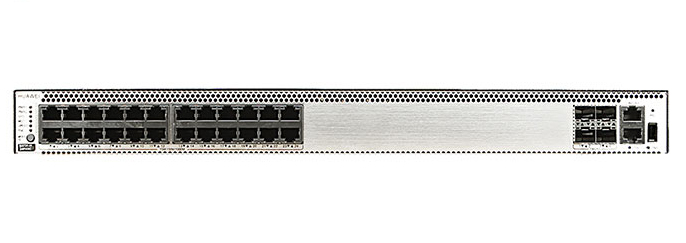
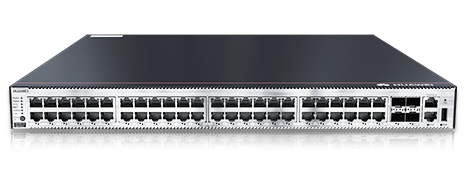
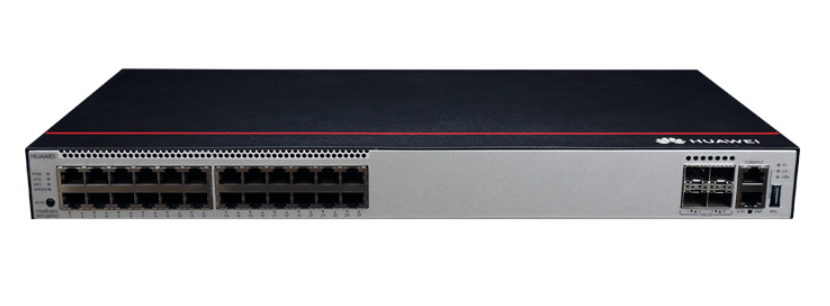

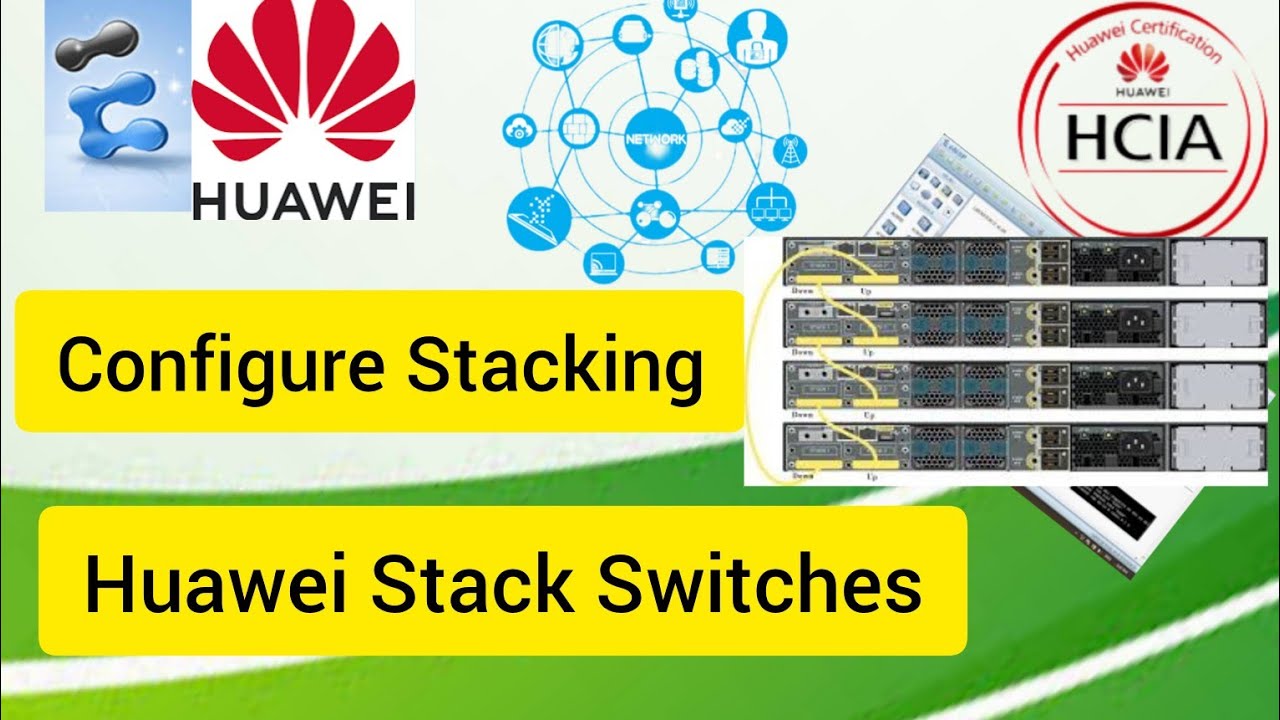
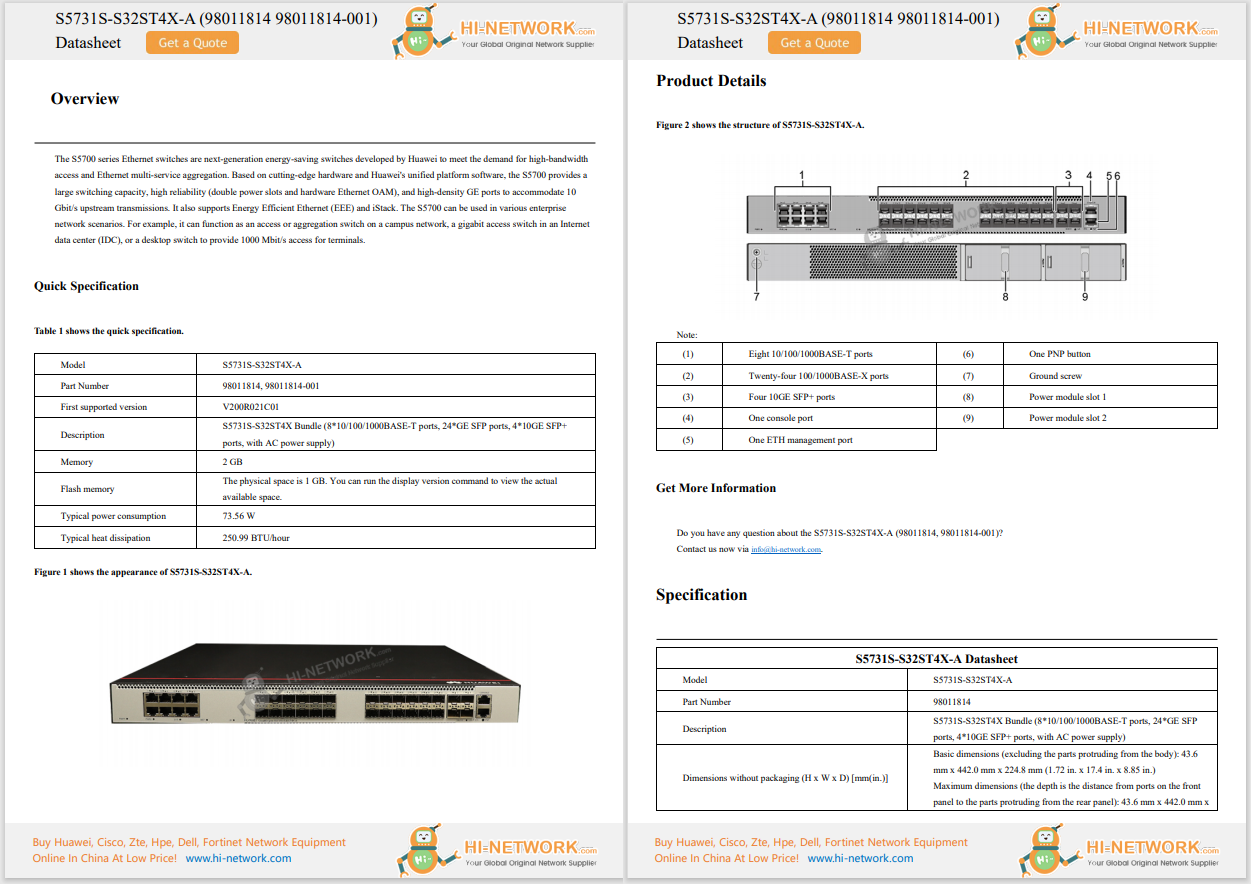
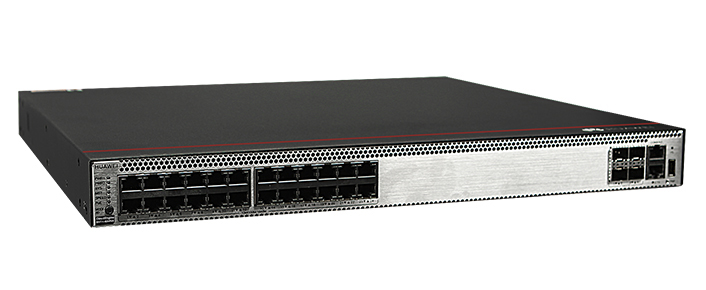
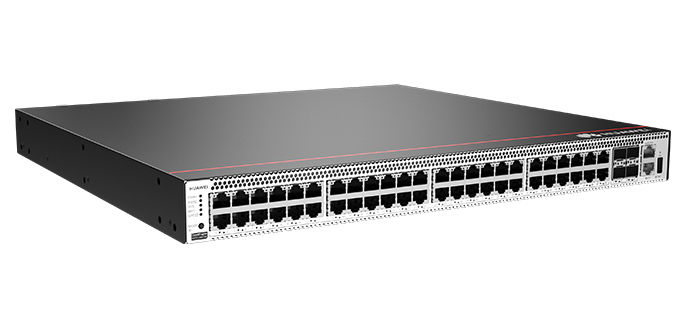
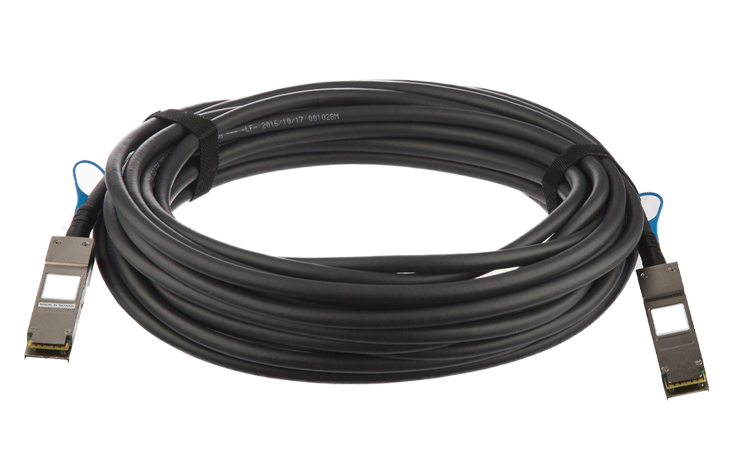
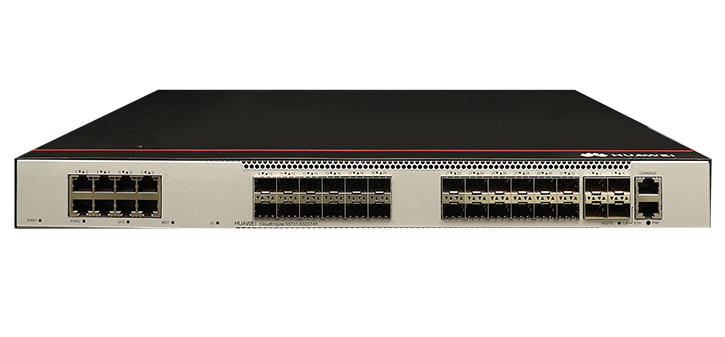
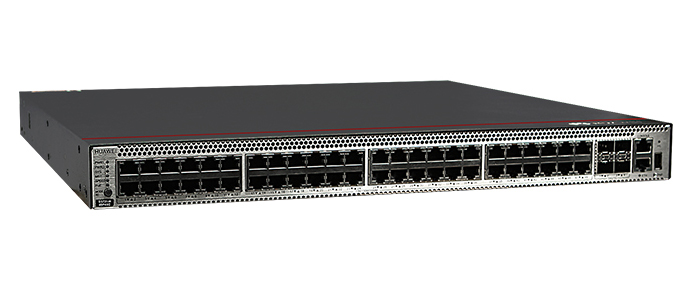
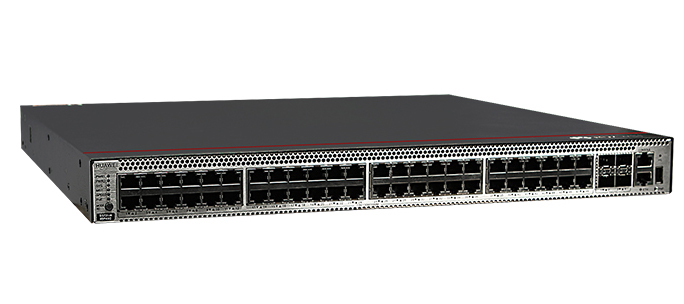

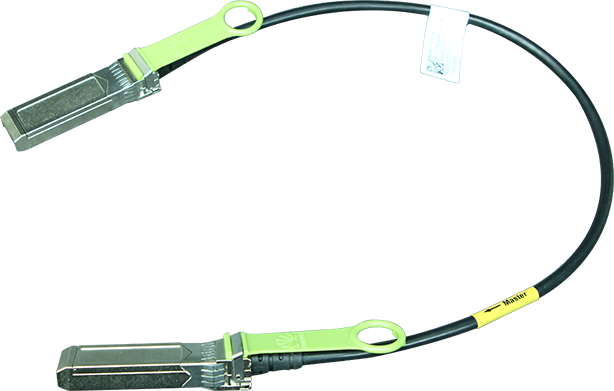
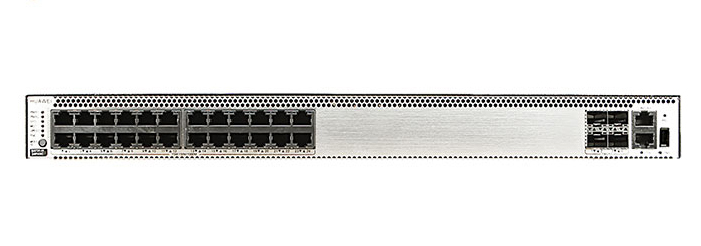
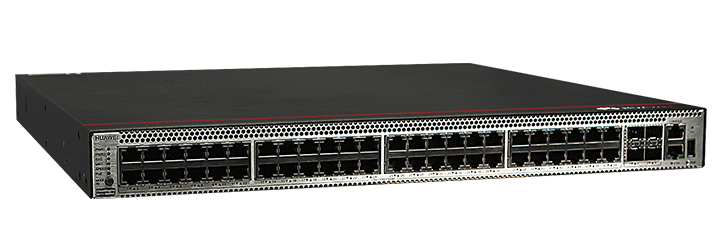

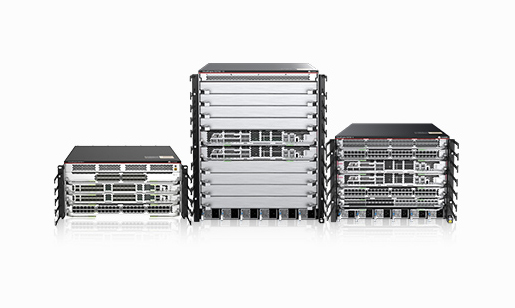
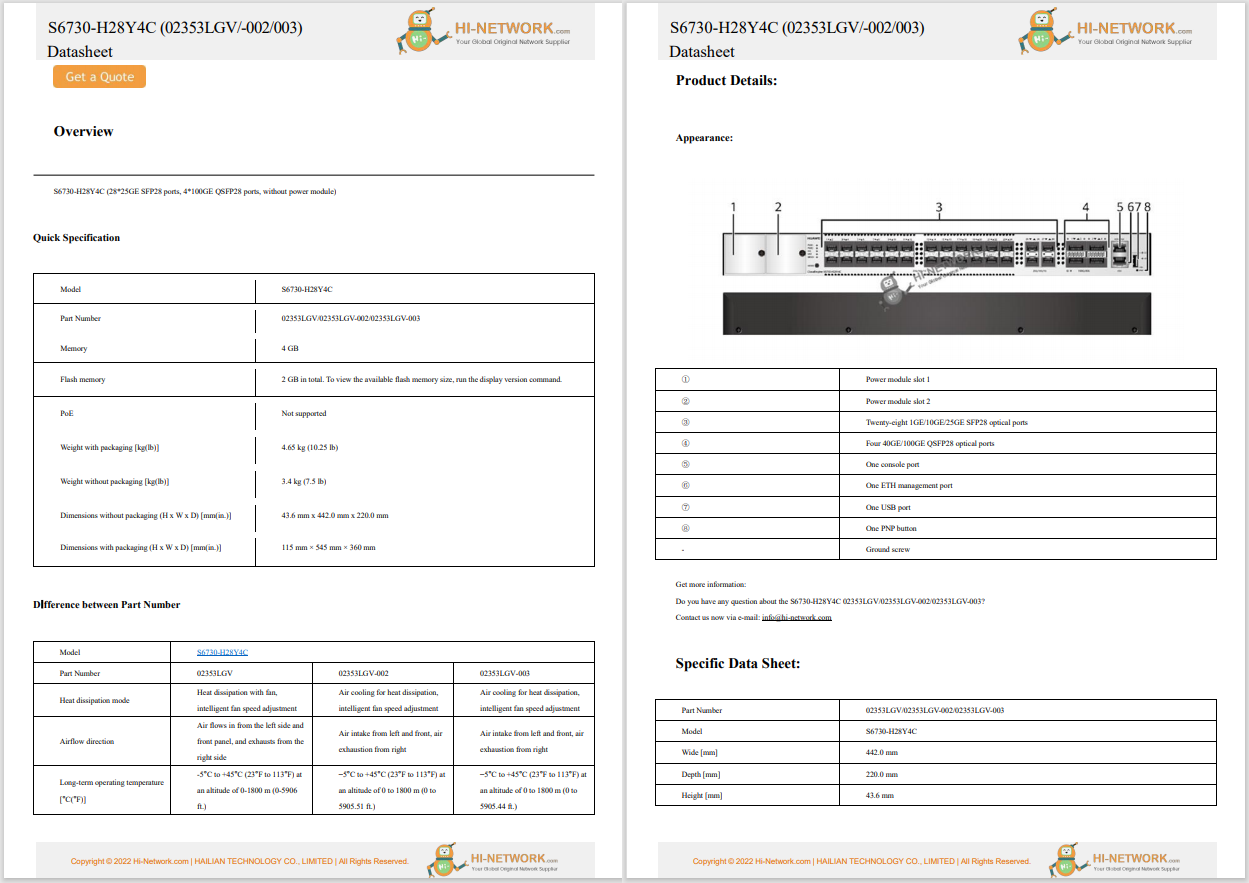

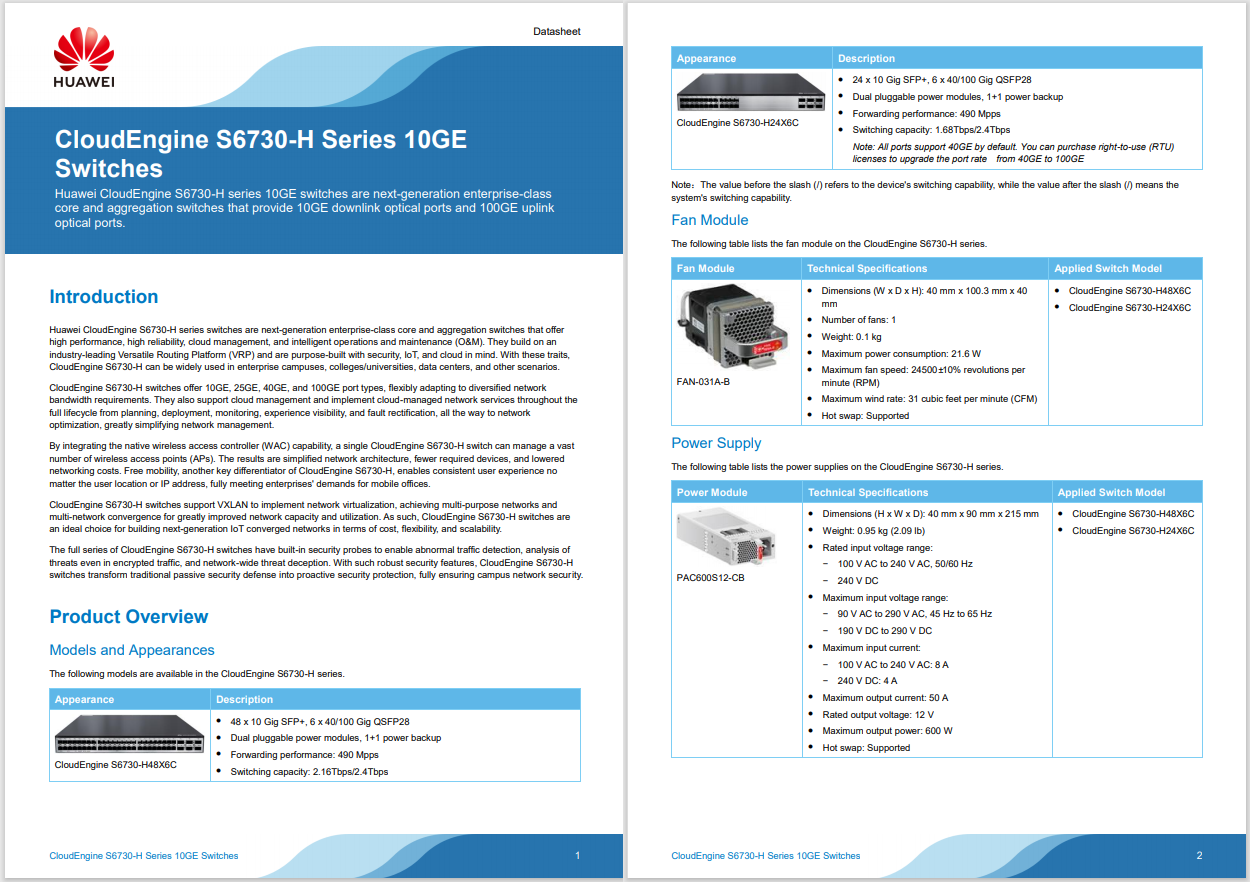
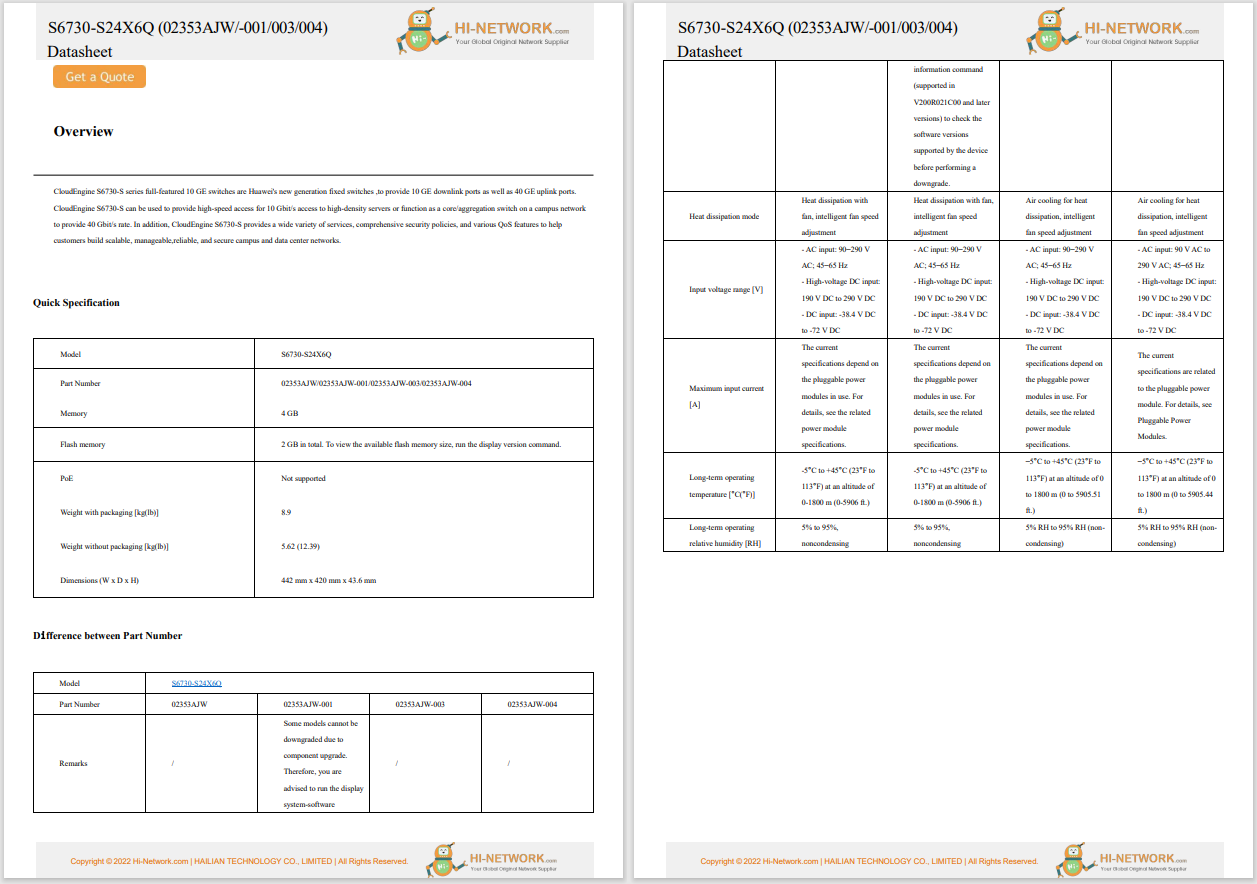
AI is running full throttle, leaving a wake of radical changes for software developers. We're entering a time where AI can write code, call tools, and execute complex workflows-all from a single prompt. This shift has massive implications. Read Jeetu's blog to learn more.
Radical shifts are on the horizon for more than just developers.
In my previous blog, I described MCP-Model Context Protocol-and how agentic AI could finally speak our language, understand our networks, and take meaningful action. Now I want to show you what happens when that conversation goes one step further: when the agent doesn't just understand what's broken butfixes it without being told how.
A self-healing network isn't a hypothetical "what-if." This is agentic AI handling one of the most frustrating issues in network operations: configuration drift.
Let's break down the process of making self-healing happen.
In this setup, I deployedtwo MCP servers-one integrates with my instance of Splunk Enterprise, and the other integrates with my Meraki dashboard. What makes this special isn't just the tool integration-it's that the agent can make autonomous decisions across both tools based on a simple prompt.
On the Splunk MCP server, we start with a natural language prompt like this:
The agent processes the request-under the hood- like this:
The Splunk MCP server uses the Splunk SDK to query real log data. Its job is to detect if something in the environment-like a configuration change-has occurred from what we expect, compare it to our source of truth, and remedy it.
Let's try self-healing with an agent we'll call "Network Pharaoh."
Here's a good prompt to start:
Prompt> I need to see what's happening with my Meraki network. Can you show me the latest Splunk alerts, specifically in themeraki_index?I need you to look in thespathwhere the source isMeraki Networkonly within the past 3 weeks.
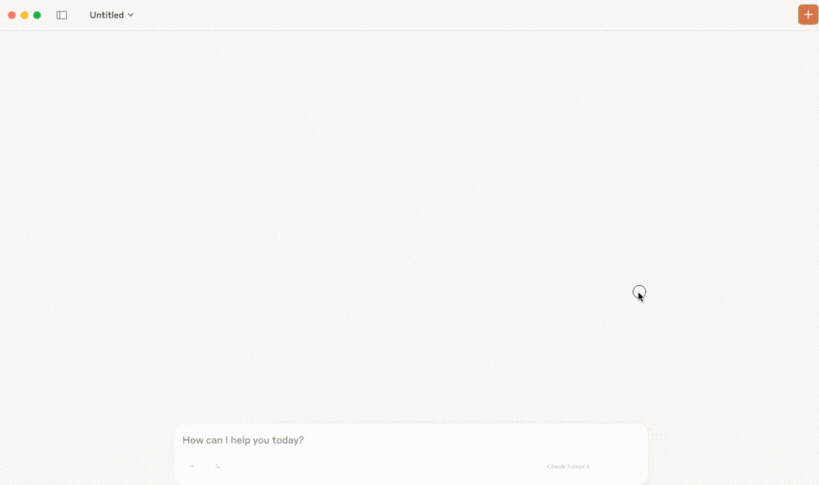

You'll notice that I didn't need to be specific about how to search. I just needed to tell the agent what I was after.
Impressive, right? Here's what Network Pharaoh did:
This was all on its own, including the self-correction and retries to get the result I requested.
The second MCP server is where the "self-healing comes into play."
After the Meraki MCP server receives the detected change (for example,device IPaddress change), it uses the Meraki dashboard API to reverse that change. No manual instructions, no pre-programmed response chain. The agent understood that the change represented drift and took action to restore alignment.
This is what happens when you let intent drive the action and let the agent do the orchestration. It's simple, scalable, and powerful.
Now, let's look at how the agent self-heals our network with Meraki MCP [that includes actual output].
Prompt> This Kareem Iskander dude shouldn't have made any changes to the network. Unacceptable! Can you show me side-by-side what was changed?
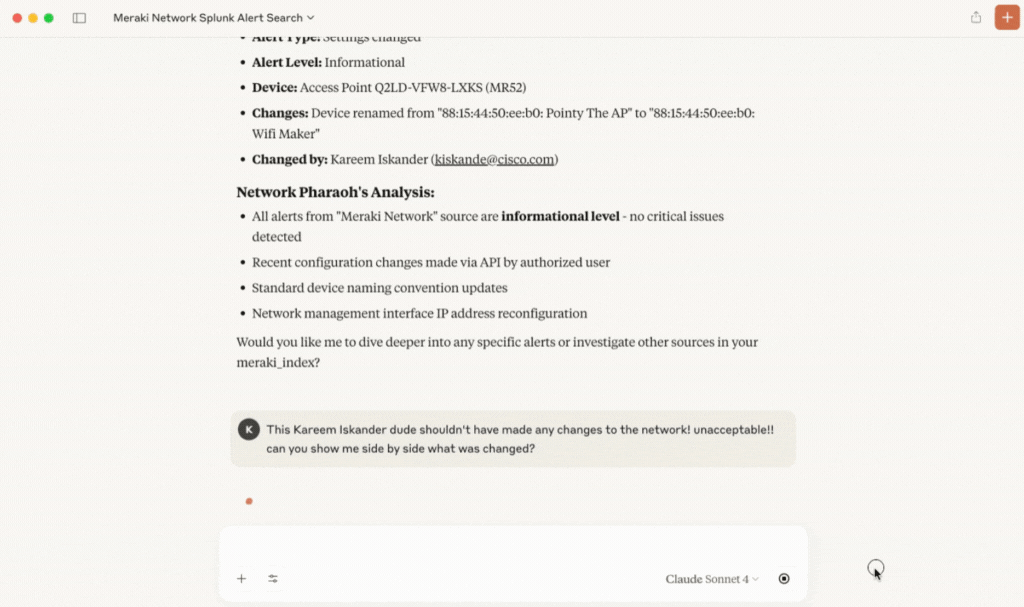

Once again, impressive! Notice that the information is being pulled from Splunk through the Splunk MCP server. Also, notice how our agent gave us suggestions on how to revert the changes. Once again, impressive! Notice that the information is being pulled from Splunk using the Splunk MCP server.
Also, I'd like to point out how our agent gave us suggestions on how to revert the changes automatically using the available API endpoints in the Meraki MCP! I didn't have to specify which Meraki organization or network the devices belong to, nor did I have to specify the device type. Network Pharaoh knew the hierarchy of the Meraki dashboard and traversed it!
Now, it's time to heal the network!
Prompt> NetP Let's revert the configuration to its original state for all the changes you have detected!


This isn't just a fun side project. It addresses a real pain point for all network engineers:configuration drift!
Whether it's accidental changes, unauthorized edits, or misalignment with the source of truth, config drift leads to downtime, compliance issues, and endless manual cleanup. Agentic AI offers a better model:detect, understand, and fix automatically.
I just took two steps and let the agent run with it:
This is the power of buildingagentic systemson top of the workflows we already know.
Let's keep it real. Here are the skills required:
Let's zoom out for a second to better understand the big picture.
What I've built here-a self-healing network using two MCP agents-isn't a prototype. It's a practical preview of Cisco's broader vision.
In the AI Canvas announcement, Cisco laid the foundation for the agentic era: modular agents that work with our tools, understand our intent, and take autonomous action. This demo fits right in. One agent detects drift through Splunk, another acts through Meraki-all with just a prompt and a few registered tool functions.
Now imagine layering in Cisco's Deep Network Model-a comprehensive, machine-readable understanding of your entire network, trained on years of CCIE-level Cisco expertise and telemetry, and a set of pre-built agents ready out of the box.
Instead of simply reversing a misconfigured VLAN, the agent understands:
This is where the theory becomes a reality:
And that's what network engineers need-not another platform, but an assistant that gets it; one that can reason like us, operate faster than us, and make decisions we trust.
This isn't a one-off. It's a multiplier. Together, AI Canvas, Cisco Deep Network Model, and MCP putnetwork engineersin the driver's seat of this new agentic AI era. As Jeetu also said, "The future is coming faster than you think."
Stay ahead of the curve and be part of the extraordinary.
For a fully working code of this demo, check out my GitHub repository.
Unlock the future of technology with artificial intelligence training in Cisco U.
Explore AI learning and start building your skills today.
A New Frontier for Network Engineers: Agentic AI That Understands Your Network
Adaptability: The Must-Have Skill for Network Engineers in the AI Era
Sign up for Cisco U. | Join the? Cisco Learning Network?today for free.| Join the? Cisco Learning Network?today for free.
Use? #CiscoU and #CiscoCert?to join the conversation.
 Hot Tags :
Cisco U.
Hot Tags :
Cisco U.